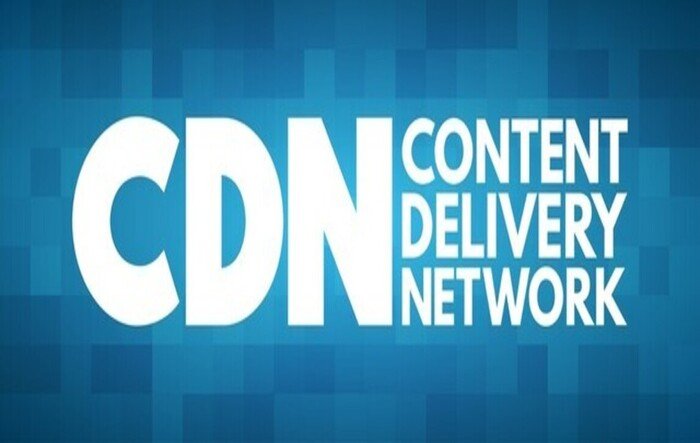If your company is looking for a way to improve the performance of your website and enhance user experience, look no further than a Content Delivery Network (CDN). A Content Delivery Network (CDN) is a distributed network of servers strategically placed in various geographic locations around the world to efficiently deliver digital content, such as web pages, images, videos, scripts, and other resources, to users based on their geographical proximity. The primary goal of a CDN is to enhance the performance, reliability, and availability of online content while reducing the load on the origin server. Popular Content Delivery providers include Akamai, Cloudflare, Amazon CloudFront, and Fastly, among others.
How does a Content Delivery Network Route Traffic?
- Content Replication: When a user requests content from a website, the CDN’s servers cache or store copies of that content on their local servers. This cached content includes static assets like images, stylesheets, and scripts.
- Geographical Distribution: CDNs have multiple server locations spread across different regions. These servers are referred to as edge servers. Each edge server holds a cached copy of the content. The geographical distribution ensures that users can access content from a server that is physically closer to them, reducing the distance data needs to travel and improving loading times.
- Load Balancing: The CDN’s infrastructure employs load-balancing techniques to distribute incoming user requests among the various edge servers. This helps prevent any single server from becoming overwhelmed with too many requests, ensuring even distribution of the traffic and maintaining performance.
- Caching and Content Update: CDNs use various caching strategies to determine how long content should be stored on edge servers before it needs to be refreshed from the origin server. Cached content can include both static and sometimes dynamic content. Dynamic content might be cached for shorter durations to ensure users receive the most up-to-date information.
- Content Delivery: When a user requests a specific piece of content, the CDN system routes the user’s request to the nearest edge server that holds a cached copy of that content. This results in faster load times because the content is delivered from a server that’s physically closer to the user.
- Redundancy and Reliability: CDNs improve the reliability of content delivery by offering redundancy. If one server experiences issues or goes offline, the CDN can automatically reroute requests to other available servers, minimizing downtime and improving overall service availability.
- Traffic Offloading: By serving cached content from edge servers, CDNs significantly reduce the load on the origin server. This can lead to better performance, decreased server load, and cost savings due to reduced bandwidth usage and server resource consumption.
What are the Benefits of a Content Delivery Network?
Faster Load Times
When it comes to websites, speed is everything. Research has shown that users expect a web page to load within a couple of seconds, and if it takes longer, they are likely to abandon it. A CDN can significantly improve your website’s load times by caching and delivering content from the server closest to the user, reducing latency and improving overall performance.
Improved User Experience
A faster website doesn’t just benefit your search engine rankings; it also enhances the user experience. Users are more likely to stay on a website that loads quickly and provides a smooth browsing experience. By reducing load times with a CDN, you can keep visitors engaged and increase the chances of conversions and customer satisfaction.
Global Reach
If you have a global audience, a CDN can help you reach users in different geographic locations more effectively. By distributing your content across multiple servers worldwide, a CDN ensures that your website loads quickly regardless of the user’s location. This global reach can be especially beneficial for e-commerce websites, as it allows for fast and reliable product delivery to customers around the world.
A content delivery network is a powerful tool that can supercharge your website’s performance and enhance the user experience. By improving load times, reducing latency, and increasing availability, a CDN can help you stand out from the competition and achieve your online goals.
At Peering Partner provides an easy and agile Content Delivery Network lookup for fast and efficient CDN routing information.






